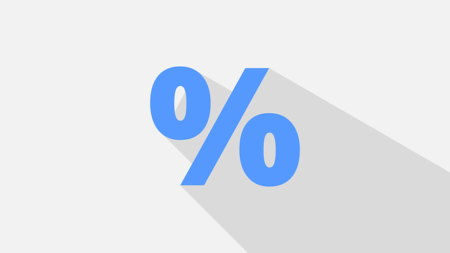Weather Outlook for the U.S. for Today Through at Least 22 Days and a Six-Day Forecast for the World: posted November 14, 2024
This article focuses on what we are paying attention to in the next 48 to 72 hours. The article also includes weather maps for longer-term U.S. outlooks (up to four weeks) and a six-day World weather outlook which can be very useful for travelers.
First the NWS Short Range Forecast. The afternoon NWS text update can be found here after about 4 p.m. New York time but it is unlikely to have changed very much from the morning update. The images in this article automatically update.
Short Range Forecast Discussion
NWS Weather Prediction Center College Park MD
Thu Nov 14 2024
Valid 12Z Thu Nov 14 2024 – 12Z Sat Nov 16 2024…A rapidly developing coastal storm is expected to bring a period of
gusty winds, enhanced rainfall and thunderstorms from the Carolinas to the
Mid-Atlantic states Thursday night into Friday……Lower elevation/coastal rain and mountain snow continue for the Pacific
Northwest Thursday; a rain/snow mix will spread inland across the Great
Basin and Rockies Thursday and Friday……Most of the country will see seasonable to above average temperatures
to end the week…Showers will continue this morning and into Thursday afternoon ahead of a
low pressure/frontal system pushing through the Great Lakes region, with
precipitation chances gradually winding down with time and eastward extent
Thursday evening as the system weakens. To the south, more vigorous
showers and thunderstorms and heavier rainfall will continue ahead of the
front over the Upper Ohio/Tennessee Valleys and into the Southeast,
spreading into the central/southern Appalachians Thursday afternoon. Then,
by Thursday evening, a secondary low is expected to develop along the
coast of the Carolinas and deepen as it moves offshore, helping to enhance
onshore flow and rain chances over the Carolinas and southern Mid-Atlantic
into Thursday night. Some gusty winds will also be possible. Rain chances
should quickly taper off from west to east by Friday morning as the low
moves away from the coast. Further north, an area of low pressure lifting
northward over the Atlantic and into Nova Scotia will bring some showers
and possibly a wintry mix into Maine on Friday.A Pacific frontal system moving through the West will spread precipitation
chances inland over the next couple of days. Lower elevation/coastal rain
and higher elevation snowfall over the Pacific Northwest and northern
California will continue through the day Thursday before tapering off into
Thursday evening as moist flow from the Pacific comes to an end. A lower
elevation rain/snow mix and higher elevation snow will spread further
inland with the system over the northern Rockies/Great Basin Thursday and
into the central Great Basin/Rockies on Friday. Some moderate to locally
heavy snowfall is also forecast for the Sierra Nevada through Friday.Most of the country will see seasonable to above average temperatures
Thursday and Friday. Central portions of the country will continue to see
temperatures 5-15 degrees above average as an upper-level ridge passes
over the region. Forecast highs generally range from the 40s and 50s for
the Great Lakes/Midwest, the 50s for the northern Plains, the 60s for the
central Plains, and the 60s and 70s for the southern Plains. Highs will be
more seasonable and even a bit below average for the East Coast Thursday,
with 40s and 50s for New England, the Mid-Atlantic, and the Carolinas.
Temperatures will rebound a bit Friday as conditions moderate, with highs
5-10 degrees warmer and into the 50s and 60s. Areas of the Southeast/Gulf
Coast ahead of the cold front will see highs as warm as the upper 70s
Thursday before falling into the 60s and low 70s following the frontal
passage on Friday. Most of the inland West will see seasonable to above
average highs Thursday ahead of the incoming frontal system, with highs in
the 50s for the Great Basin/Rockies/Four Corners region and the 80s into
the Desert Southwest. Highs on Friday will drop into the 40s for the Great
Basin and 60s to low 70s for the Desert Southwest following the frontal
passage. The West Coast will see highs mainly in the 50s and 60s.




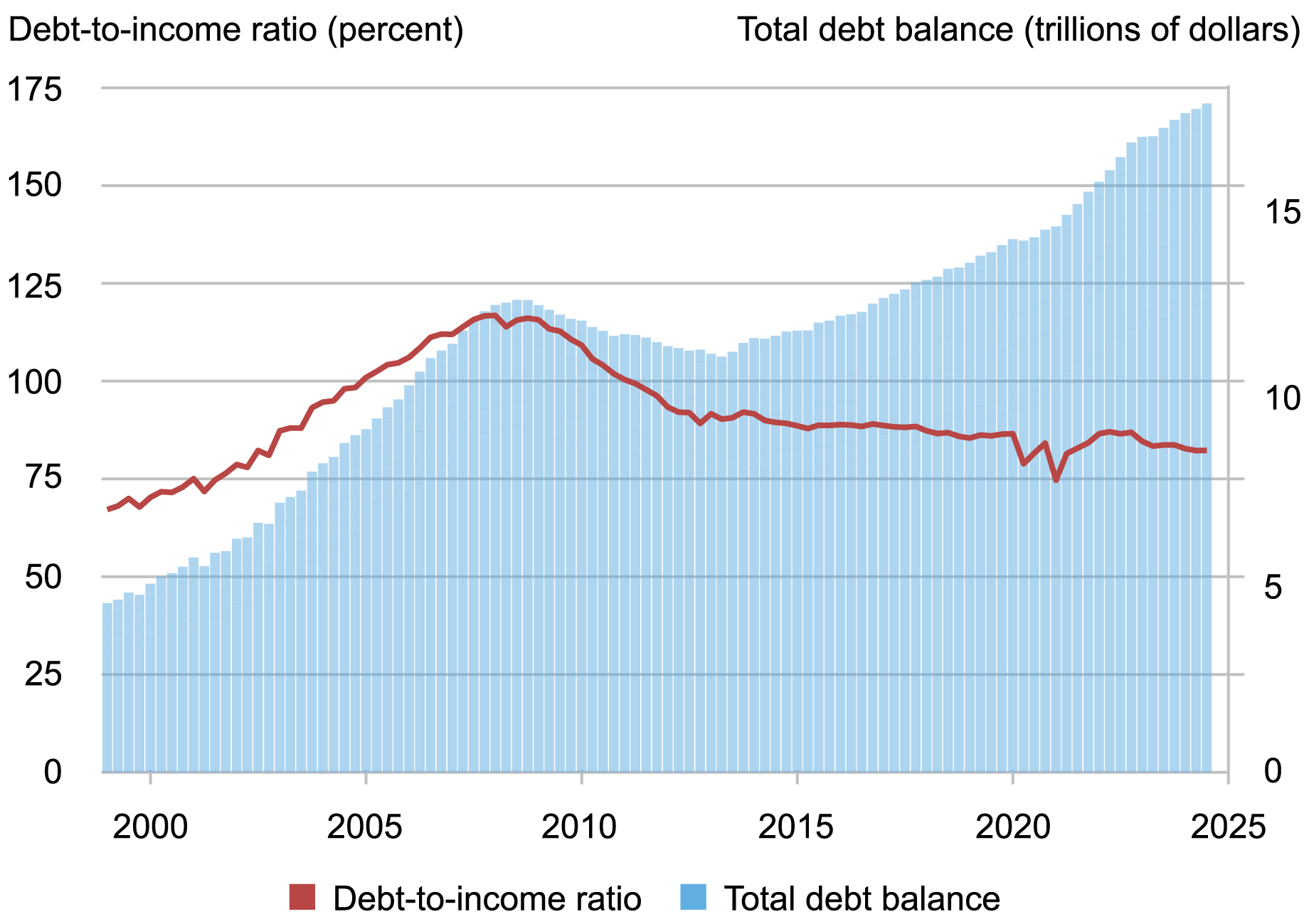
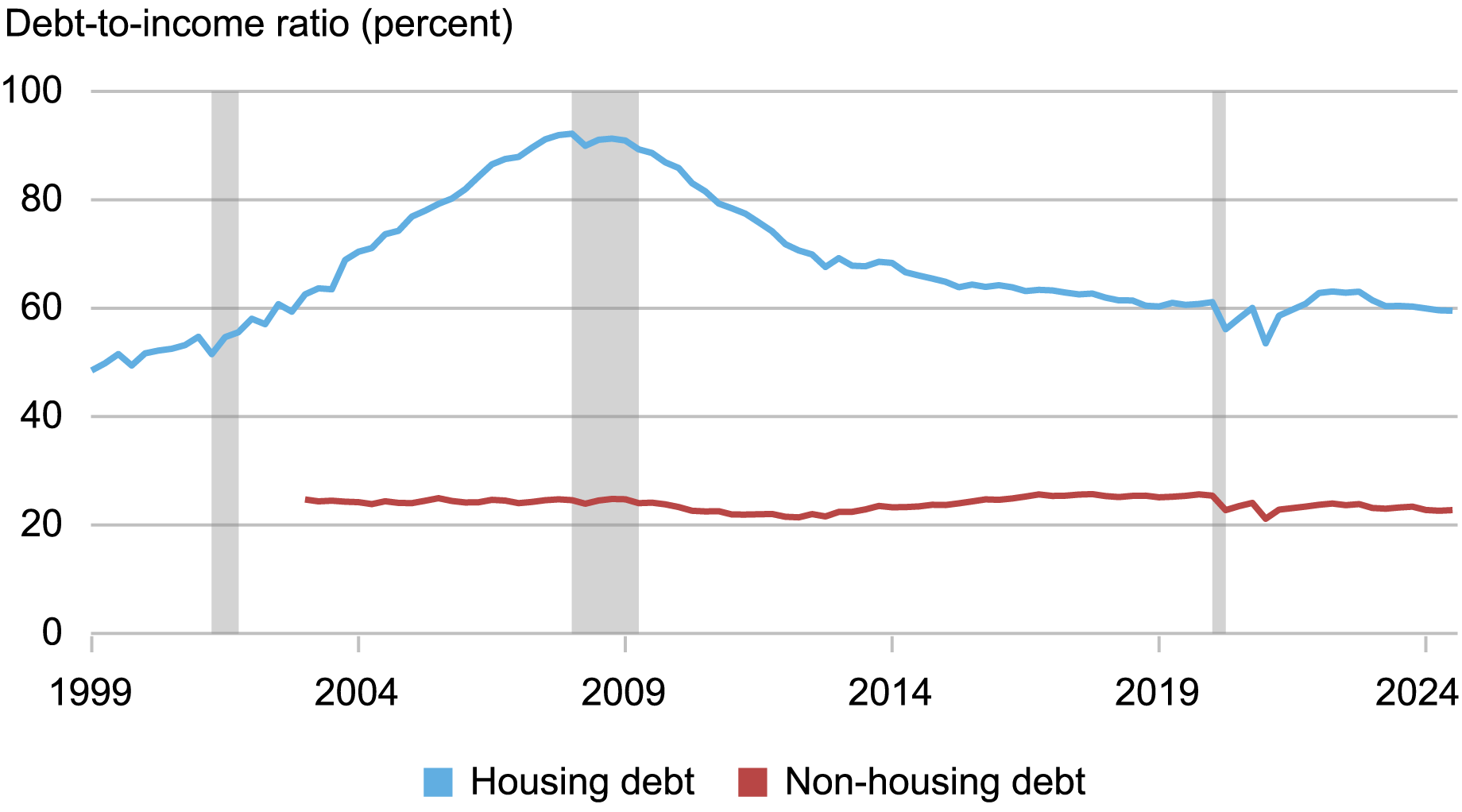

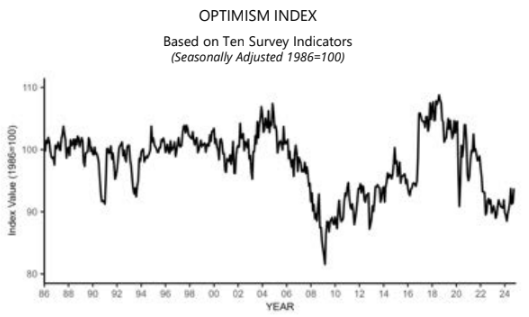
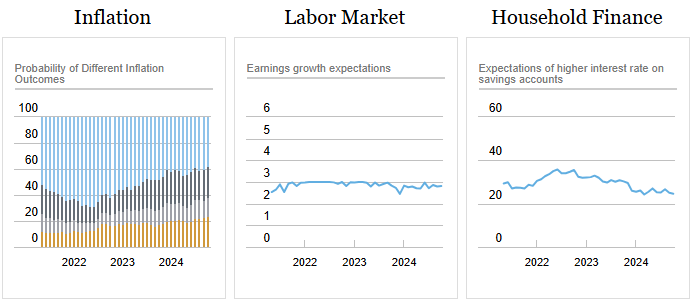

![[Image of cumulative wind history]](https://www.nhc.noaa.gov/storm_graphics/AT18/refresh/AL182024_wind_history+png/084448_wind_history.png)
